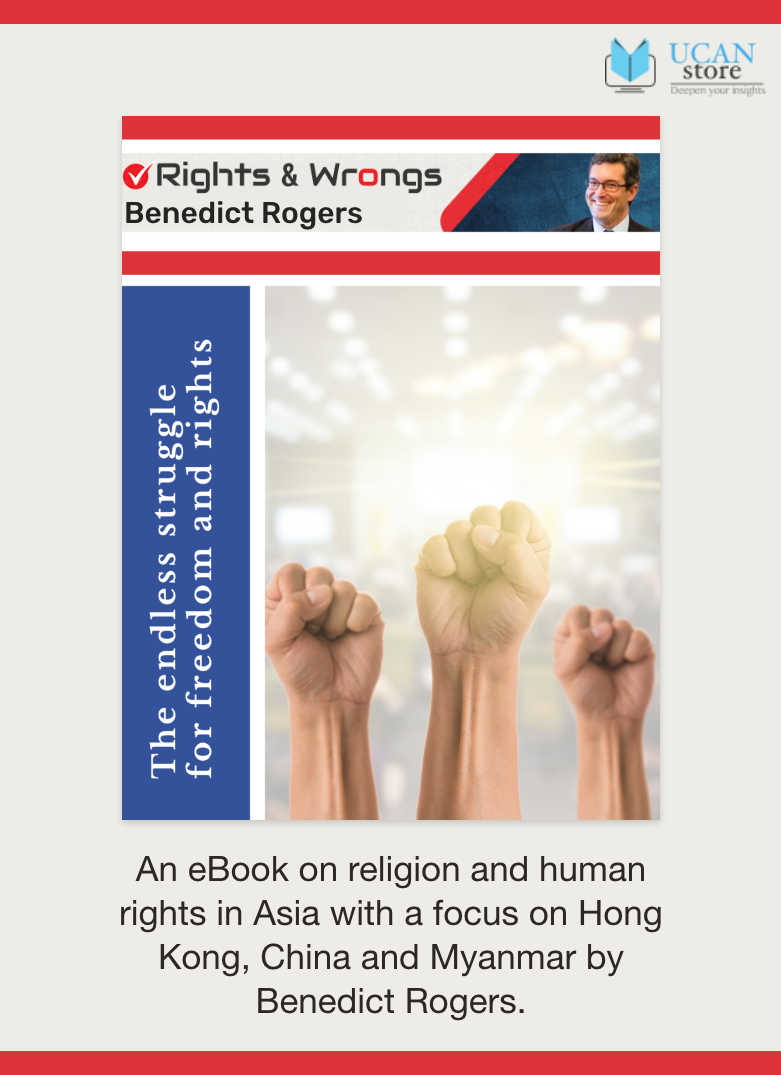
Freedom of peaceful assembly faced restrictions in at least 100 of 197 countries, says CIVICUS Monitor

Kurdish and Lebanese women take part in a rally in the downtown district of Lebanon's capital Beirut on Sept. 21 days after the Iranian authorities announced the death of Mahsa Amini, who died after being arrested in Tehran for allegedly wearing a hijab headscarf in an 'improper' way. (Photo: AFP)
The right to dissent has come under ruthless attack in the Asia-Pacific with governments in the region having resorted to illegal detention, criminalization, and the killing of protesters, says a new report from rights watchdog CIVICUS Monitor.
The report titled, “Global Assessment on Protest Rights 2022” released on Dec. 7, says protesters demanding economic, political, and governance changes were brutally targeted in the region over the last year.
Governments used law, policy, and practice to suppress peaceful and non-violent gatherings in the backdrop of rules and regulations, said the report released days before Human Rights Day.
Josef Benedict, civic space researcher at CIVICUS Monitor said that “[Countries] used emergency regulations, anti-protest laws and even Covid-19 measures to block or disrupt protests as well as arrest and detain protesters.”
“Scores of protesters in the Asia region have been jailed on spurious charges"
“These actions are contrary to international human rights law and standards and create a chilling environment for those who speak out and mobilize,” Benedict said in a press release.
Globally, freedom of peaceful assembly faced restrictions in at least 100 of the 197 countries from Oct. 2021 to Sept. 2022, the report showed.
The detention of protesters was prevalent in 29 out of 92 countries in Europe and Central Asia. This was followed by 21 nations from Africa, 20 nations in the Asia– Pacific, 14 nations from the Americas, and 8 nations from the Middle East and North Africa (MENA) region respectively.
“Scores of protesters in the Asia region have been jailed on spurious charges or remain in pre-trial detention for long periods and have been denied bail. Some have been tortured and ill-treated,” the statement read.
The report indicated that in India, several student protesters, including Gulfisha Fathima and Umar Khalid, remain in detention without bail under an anti-terrorism law, for their involvement in demonstrations against the discriminatory Citizenship Amendment Act.
Rights groups have also documented instances of the authorities bulldozing and destroying the homes of Muslim protesters in Uttar Pradesh state in northern India.
“There has also been a lack of accountability for injuries and the killing of protesters"
In China, Laos, and Vietnam, freedom of peaceful assembly is tightly restricted through various laws. Strict legal provisions were also observed in countries such as Singapore, where even solo protests have been criminalized, the report read.
However, the most disturbing of all violations was the unlawful killing of protesters, which occurred in at least 24 countries.
“There has also been a lack of accountability for injuries and the killing of protesters which highlights the climate of impunity in the region,” Benedict said.
Africa and the Americas top the list with eight countries recording the killing of protesters. This is followed by Asia — Pacific and Europe and Central Asia with four countries each. MENA region had two countries reporting the killing of protesters.
The usage of excessive force was prevalent in 14 countries in the Asia-Pacific region.
In Myanmar, the junta has engaged in a violent crackdown on anti-coup protests by using the army and deadly weaponry.
"Demonstrators have been met with water cannons, batons, tear gas, and other acts of brute force"
Reportedly, more than a thousand people have been killed by the junta and there have been reports of the military using vehicles to ram into protesters.
Myanmar’s anti-coup protesters from the Civil Disobedience Movement face ongoing threats of arbitrary arrest, torture, and deadly attacks from the junta.
Demonstrators have been met with water cannons, batons, tear gas, and other acts of brute force in over 40 percent of the countries recording protests.
In Sri Lanka, the government has since April 2022 repeatedly used state of emergency regulations to curtail mass protests related to the country’s economic crisis. This has allowed the authorities to arrest and detain suspects without warrants and due process safeguards.
In Sri Lanka, under the state of emergency, curfews were imposed, internet access was restricted and social media shut down.
Whereas in Thailand an emergency decree on the Covid-19 pandemic continued to be used until the end of September 2022 to ban protests.
In Hong Kong, the government blocked all forms of protest as part of its crackdown on dissent.
In June 2022, the authorities banned public commemoration of the anniversary of the 1989 Tiananmen Square massacre, for a third consecutive year, citing risks from Covid-19.
In Afghanistan, following the Taliban’s takeover of the nation, a ban was announced on all protests in Kabul and other provinces without prior authorization.
Despite the restrictions, protests by women activists to demand an end to discrimination persisted and escalated after the violent death of Mahsa Amini.
The report also noted the governments in Cambodia, Qatar, Kuwait, Kazakhstan, and others exploited laws to muzzle dissent.
Help us keep UCA News independent
The Church in Asia needs objective and independent journalism to speak the truth about the Church and the state.
With a network of professionally qualified journalists and editors across Asia, UCA News is just about meeting that need. But professionalism does not come cheap. We depend on you, our readers, to help maintain our independence and seek that truth.
A small donation of US$2 a month would make a big difference in our quest to achieve our goal.

Share your comments